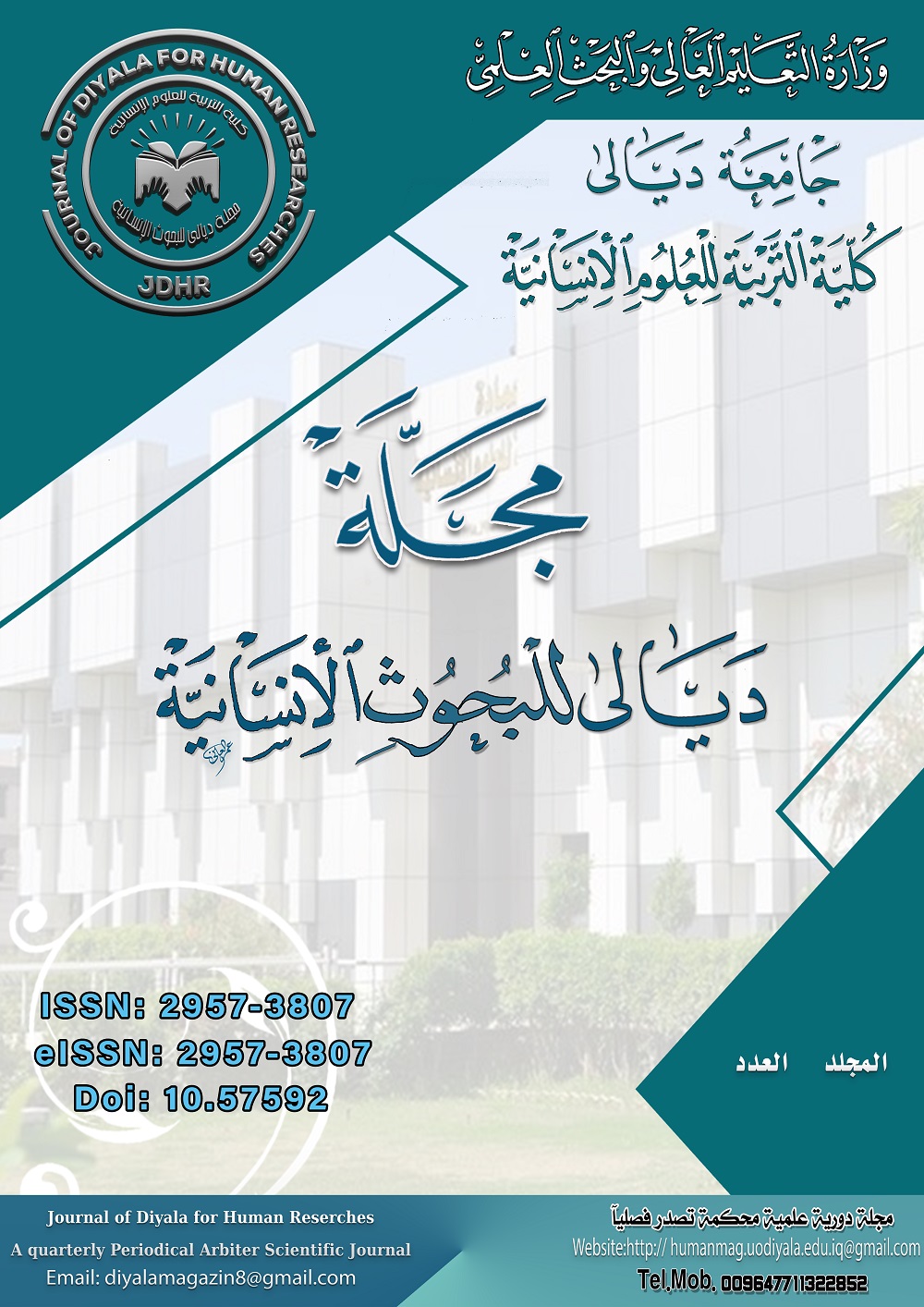الاحتراف الوظيفي لدى مدرسي ومدرسات المدارس الثانوية في قضاء بلدروز
DOI:
https://doi.org/10.57592/hj7npt94Abstract
Downloads
Published
2025-10-01
Issue
Section
بحـــــــوث العــــــدد
License
Copyright (c) 2025 CC BY 4.0 (http://creativecommons.org/licenses/by/4.0/)

This work is licensed under a Creative Commons Attribution-NonCommercial 4.0 International License.

